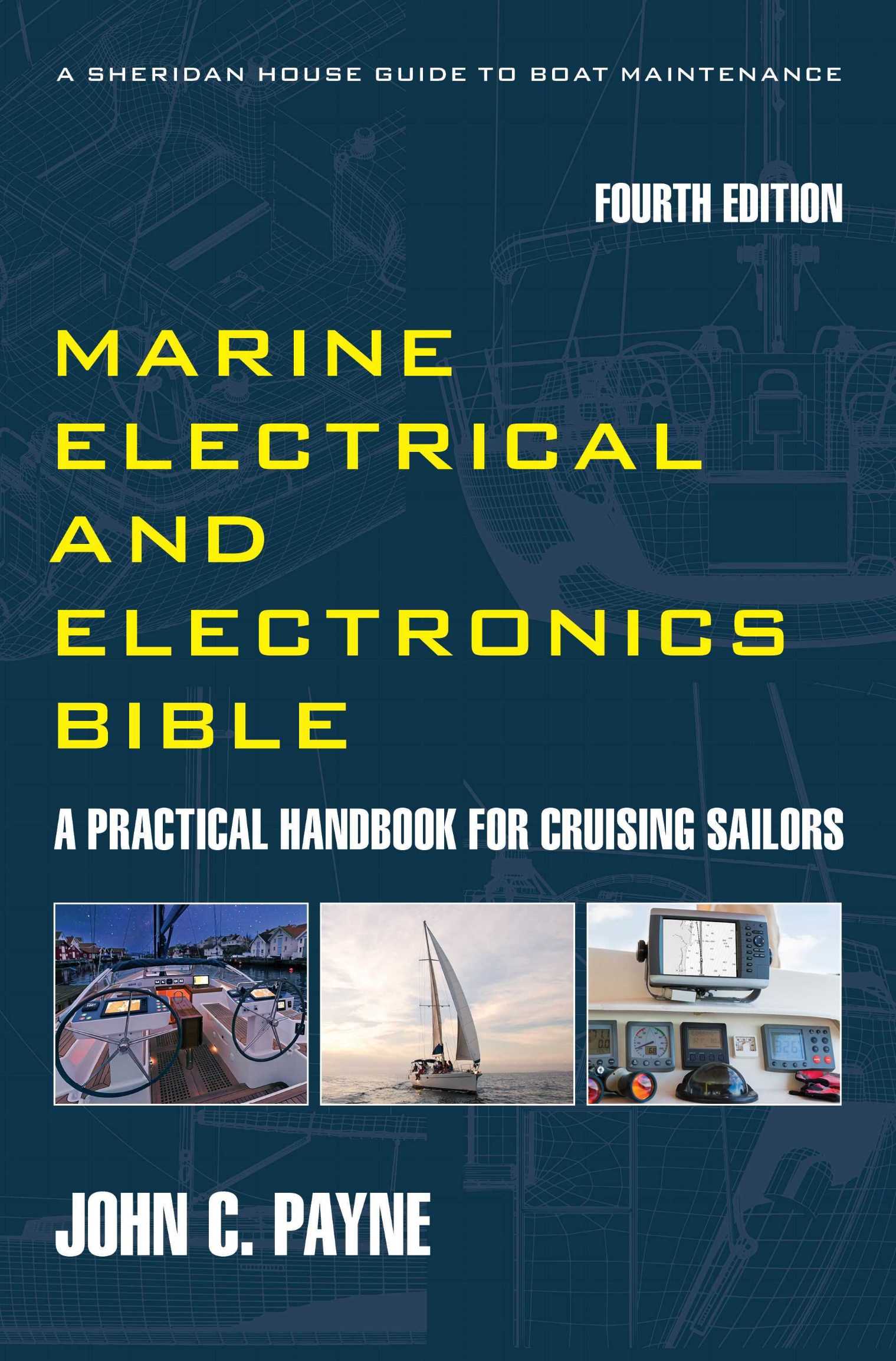Sailboat Marine Diesel Engines
Sailboat Marine Diesel Engines have an electrical engine starting system that must be viewed not as a simple collection of series connected components, but as an interconnected and co-dependent system. All the elements must work correctly if the engine is to start and run. Each is dependent on each other to turn over the engine to the required speed and initiate ignition.
The typical diesel engine starting system comprises the following elements. All must be considered when analyzing reliability and possible failure modes. A Failure Modes and Effects Analysis (FMEA) is a good cautionary step in understanding your risk and exposure to breakdown and failure. It is common for many to simply shut the engine hatch and only open again when something is wrong. Reliability is a function of maintenance and carrying the correct parts.
Sailboat Marine Diesel Engines
Starters FMEA
The DC Positive Circuit. This includes the connections at the battery, the isolator or the isolator or changeover switch; the solenoid connection; and the solenoid contacts; the starter motor which includes several internal components such as the brushes; the brush gear; the commutator; the bearings and the windings.
The DC Negative Circuit. This includes the connections at the battery; the engine block; the cable back to the battery; the engine block, and the meter shunt if fitted.
The Engine Control System. This includes the cockpit panel which includes the key switch, stop and start buttons, alarm lights, audible alarm, alarm test button, wiring harness, wiring connectors, control fuses and so on.
The Preheating System. This includes the heating elements or glow plugs, and the connections, relays and connectors.
The Engine Starting Battery. This includes elements such as the battery terminals, terminal protection, mechanical restraints and so on.
Sailboat Marine Diesel Engines
Start System FMEA
The math of the electrical starting system analysis is that there are also a total of around 14 connection points. Then there are the starter motor and solenoid connections; the start battery; the key switch that can directly impact on the starting system and prevent the system functioning. Each connection point represents a single point failure with subsequent total system failure, with no apparent redundancy if they do fail. There are several common scenarios that include preheating systems, some engines will not start without using the glow plugs. If a person persists with turning over an engine that will not start, they may also burn out the starter motor out and discharge the starting battery. If it doesn’t start immediately after a couple of attempts, then investigate. I have come across many who think glow plugs are just for cold climates, use them as they make starting much easier in all climates. Read more about diesel engines in my book The Marine Electrical and Electronics Bible 4th Edition.
Sailboat Marine Diesel Engines
Starting System Maintenance
Negative Cables. Relocate and connect the main negative cable as close as possible to the starter motor if it is not connected directly. Often, they can be terminated on one of the starter motor holding bolts. This maintains 2 connections but takes the engine block out of the circuit, and generally reduces the voltage drop in the circuit. When block connected these connections commonly vibrate loose and are rarely checked and tightened. In most cases a new negative cable will be required and make sure it is sized correctly with good quality crimp terminals.
Starting Motors. In many cases they sit inactive for many months or longer. They need maintenance and if yours has sat idle for 6 months and you are having starting issues then consider removing it. Take it to a reputable auto electrical shop for some maintenance. Bearings can seize up, the mechanical end can also seize up and brushgear can stick as well.
Starting Motor Terminals. Both Positive and Negative Terminals must be tightened properly. Use a socket wrench and not an adjustable one. Make sure you use a spring washer under the nut. High resistance terminals can be checked by hand and they will often be warm to the touch. Make sure all terminals are clean and dry, as tracking can occur and discharge your start battery when a small layer of oil and moisture and dust is present. Check the cleanliness and tightness of the solenoid control cable termination. A popular failure point is loose or damaged connections on the crimp spade connector due to vibration.
Sailboat Marine Diesel Engines
System Maintenance
Preheating Glowplugs. Check that the insulated surrounds on the plugs are clean and aslo ther electrical terminations. They can become dirty and tracking occurs reducing the efficiency of the plug.
Engine Panel. An engine control panel is exposed to weather in the cockpit and the attached cable loom incorporates plugs and sockets that are potential failure points. Annually check the various instrument terminals for corrosion and security.
Start Battery. The battery terminals should have bolt or stud connections, and wing nuts are not allowed. Tighten the terminal bolts or nut properly using a socket wrench. Make sure you cover the terminals with covers to prevent accidental contact. I always insert a layer of neoprene rubber under the battery to absorb any vibrations. On my batteries they are restrained with stainless steel clamps that pass over the battery and are tightened down. Where they clamp is tightened down on the plastic battery top insert a strip of rubber under this to remove the direct contact and eliminate any chafe from vibration. While some standards set minimum movement requirements I don’t allow any. Do the care and maintenance and your sailboat marine diesel engines will keep running and stay running when you need them to.
